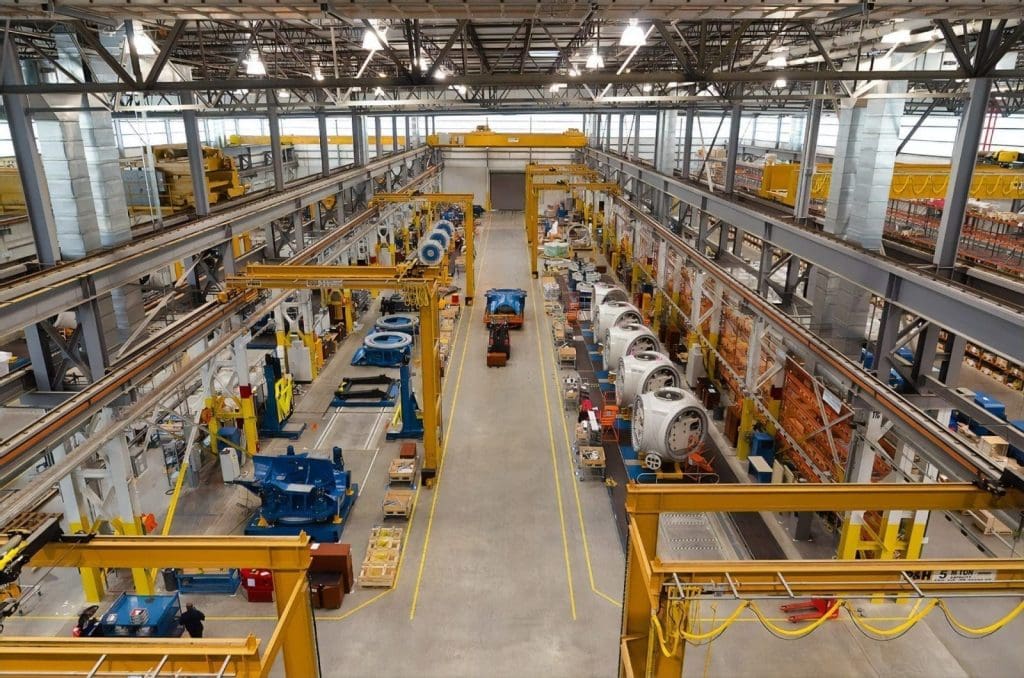Streamline your manufacturing business by first identifying the pipeline, its components, and the logjams. In today’s fast-paced world, efficiency is as important as quality. Here are some ideas that help.
Manufacturing is a means to an end: ultimately you’re producing a product. But producing a product is not enough, and manufacturing is intensely complex.
The head of manufacturing has to juggle a lot of activities and do them well, and in sync with one another. The manager needs to manage inbound raw materials and components, setup, staff, and run the line, package the final product, push it to inventory. In many cases in the “just-in-time'” environment, the product is scheduled for transport as soon as it comes off the line.
While the head of manufacturing may or may not be responsible for inventory, warehousing, and transporting the product, they do have to integrate with those disciplines. For example, even if they’re not responsible for the product once it comes off the line and is packaged, they will have to push all the pertinent info into whatever warehousing/ inventory systems are being used by another manager. This means either the systems have to be part of the same larger system or integrate with it.
At the same time, manufacturing has to integrate with sales and transport. This is because if sales set a delivery date to the end-user or retail outlet for the goods then the transport and manufacturing need to coordinate the full-time schedule cycle.
How to Streamline Your Manufacturing Business
The complexity of manufacturing requires consistent assessment in order to run as smoothly as possible and remain functioning to the best possible degree.
Streamlining the production process is a fundamental part of the industry. Many businesses worldwide strive to find new ways to cut costs, increase quality, and gain an edge over their rivals.
If you were thinking about ways to streamline your own manufacturing company, here are some useful tips you may wish to consider.
Automation
Ever since Henry Ford developed the assembly line, manufacturing has continued each decade to adapt to ever-changing processes, including computerization, and of late there is a rise in robotics and artificial intelligence (AI).
Before you can automate your process, you have to identify the processes. It requires taking the time to build out a process map, and then, determine what can be automated.
Automation is the most powerful and cost-saving investment manufacturing can make.
Automation is to you time what compound interest is to your money – Rory Vaden
Every minute of automation saves the time and cost of manual labor achieving a given task, especially on menial tasks. This allows your human resources to spend more time thinking, planning and optimizing. Sourcing some fantastic conveyor belt systems from a reliable source is one such way you can streamline your manufacturing processes. Moreover, you can use them to safely dispose of hazardous waste, reduce interaction with potentially harmful materials and reduce the time spent moving products manually.
Saving time on processes wherever you can is crucial, as every minute spared can add up in the long term.
How to Streamline Your Manufacturing Business requires training, road-maps, documentation, and systems automation to integrate Software
There is a multitude of helpful software services available online that a manufacturing company can greatly benefit from, making them a necessary addition for anyone looking to increase their collaborative ability.
Integrated IT services can allow your various departments to share and collaborate on information and action plans. at the touch of a button. But there is a difference between integration and seamless integration. It is important to utilize an If/Then push-pull system not only to manage tasks and information but automate the follow-up of each so that nothing falls through the cracks.
Intregrating information and systems with third party vendors is paramount. If sales sets a delivery date, transport is scheduled, but manufacturing is delayed without sharing that information across departments, you’re left with a missed delivery and/or installation, leaving a very upset client. – Bruce T. Dugan, CSO AFX Logisitcs Group.
By implementing a digital platform that your staff can easily access from any location, you may be able to reduce intermission times between processes and promote an environment of effective communication.
Training
With the right training, you can rest assured that your employees operate machinery safely and securely, without risk of harming themselves as they go about their everyday tasks. Oline “how-to” documents and videos have become a standard.
Training can help with more than safety alone; it can also increase employee confidence, perhaps leading to an increase in productivity and product quality. Moreover, it allows for real-time decision-making.
If employees are apprehensive about using certain pieces of equipment, crisis management, and knowing what they can do, and when, training and documentation roadmaps are essential in creating a workspace of satisfaction and effectiveness.
Maintenance
Keeping on top of maintenance is crucial for safety and efficiency; plus, it can save you money on replacement parts should machines begin to suffer from wear and tear over time.
This means keeping your manufacturing business as clean as possible, conducting regular hygiene audits, and ensuring your staff knows how to properly maintain the machines and space they are responsible for.
Quality Control
Paying attention to the quality of your product at every stage of its creation is vital to your company’s integrity.
This can streamline production to no end while developing a product to be the best it can.
Photo by Science in HD on Unsplash
So How to Streamline Your Manufacturing Business requires training, road-maps, documentation, and systems automation.
CEO of Inicia Incorporated and Incognito Worldwide, and CSO at AFX Logistics Group, he has been a thought-leader in the transportation industry since 1982 and the technology information industry since 2005.
- Bruce Duganhttps://thedigestonline.com/author/btdugan/
- Bruce Duganhttps://thedigestonline.com/author/btdugan/
- Bruce Duganhttps://thedigestonline.com/author/btdugan/


